GeForce GTX 1070 Ti vs GTX 1080: Which of the last-gen graphics cards should you buy?
Comparing two of the top GTX 10-series graphics cards.
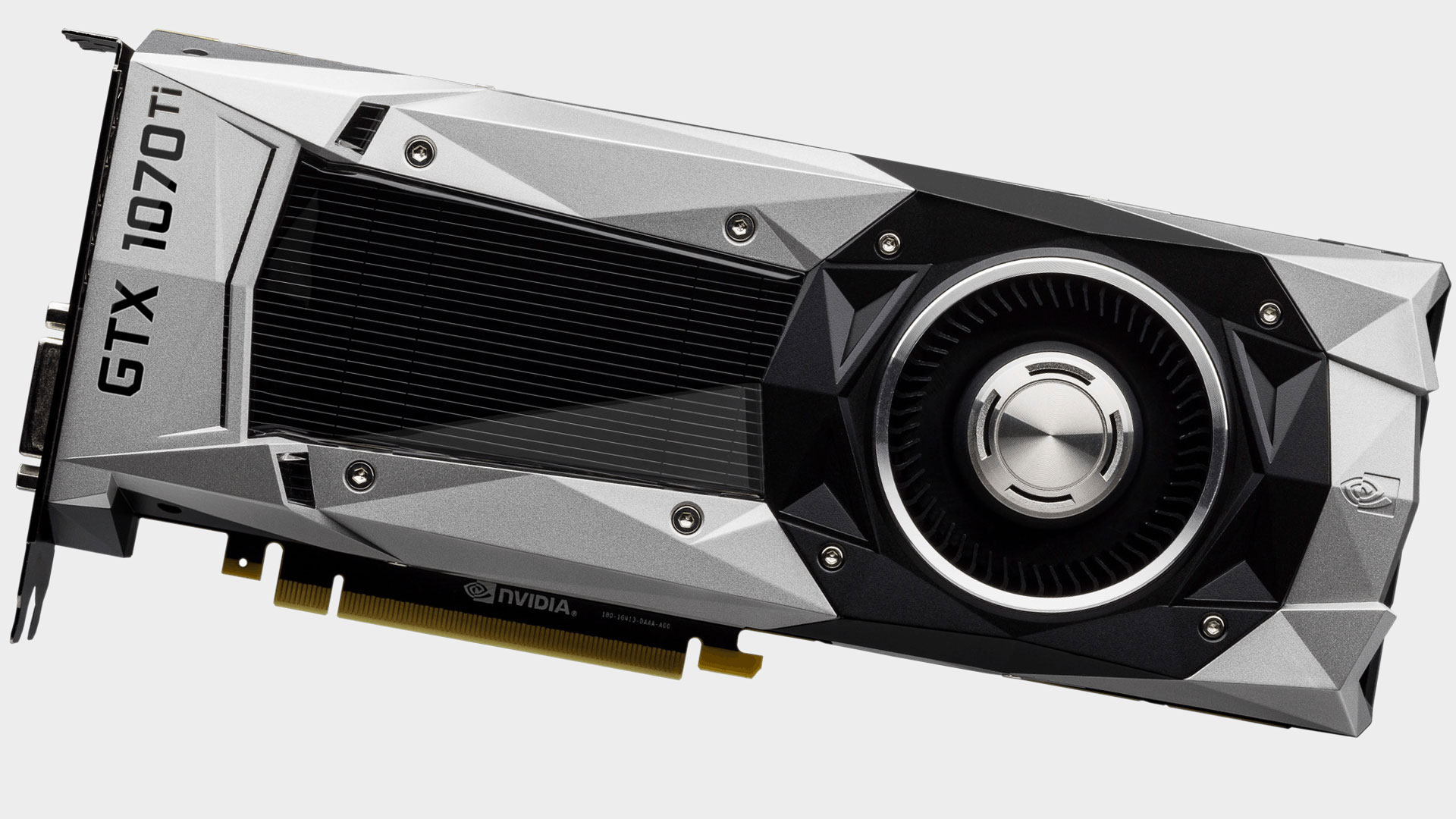
Nvidia's RTX 20-series graphics cards have left many feeling underwhelmed. Yes, they're all faster than the 'equivalent' previous generation models, and things like DLSS and ray tracing could widen the gap in the future, but every tier of the RTX line moved up in pricing. The RTX 2070 effectively takes over the 1080 price, the RTX 2080 inherits the 1080 Ti price, and the RTX 2080 Ti sits in the Titan Xp's gold-plated throne. Understandably, many are wondering if they can just get by with the previous generation, and lest there was any doubt, the answer is unequivocally yes. You do not need the best graphics cards available to play games, and even four year old cards like the GTX 980 are still doing fine at reduced settings.
Things are further complicated by the lack of GTX 1080 and 1080 Ti cards. Nvidia has stated that these cards are being phased out, and that makes sense—their replacements are here in the form of the RTX lineup. But what if you want to spend less than $500? The best candidate right now is the GTX 1070 Ti, and with prices on the 1080 on the way up, it may soon be the only choice. But just how much performance do you give up by going with a GTX 1070 Ti vs. the GTX 1080? And what are the major differences?
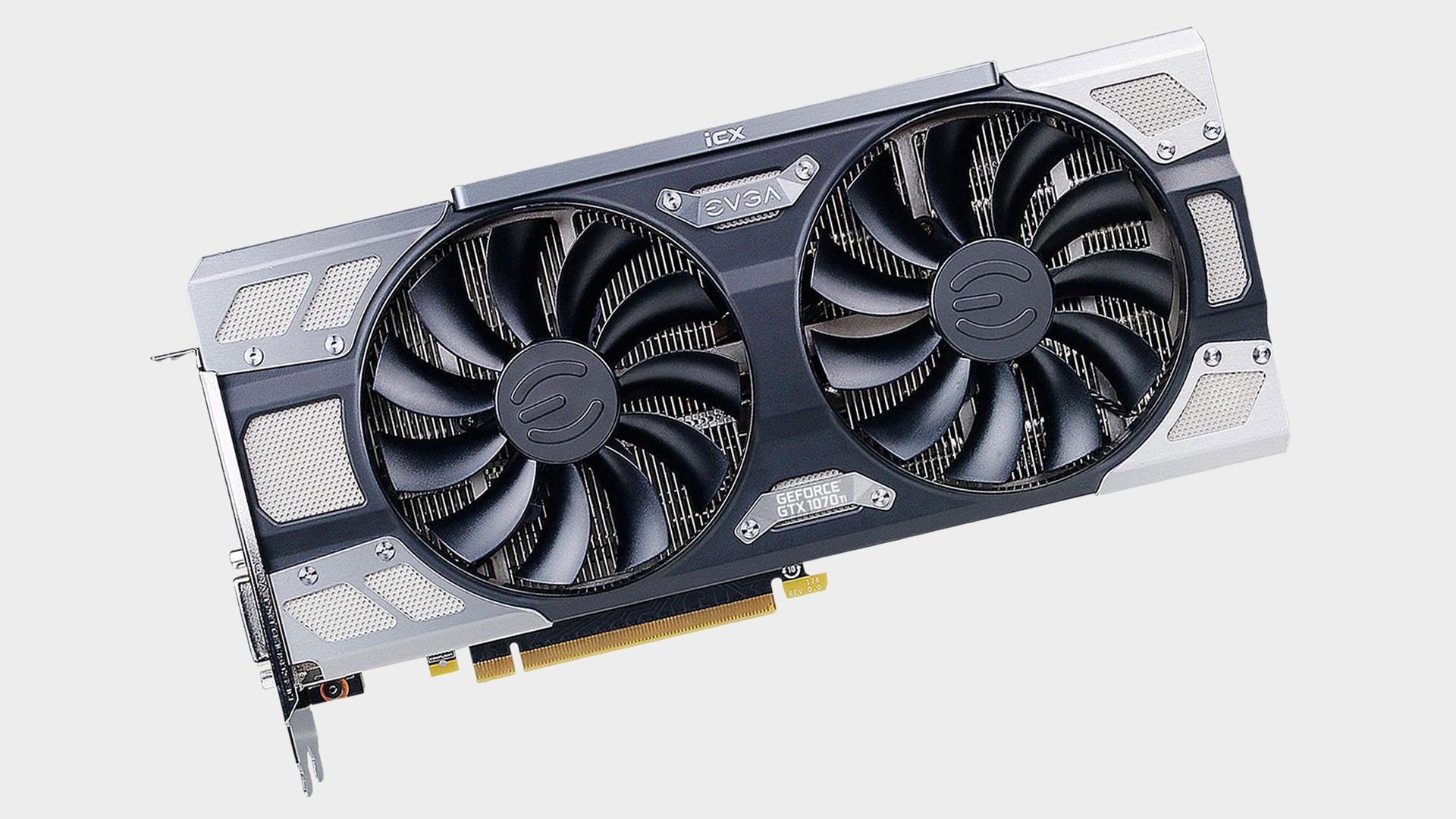
Let's start with the differences first, as that's pretty straightforward. As discussed in our GTX 1070 Ti review, the features are a mix between the GTX 1070 and 1080. The 1070 Ti inherits the 1070's use of GDDR5 memory, as opposed to the 1080's GDDR5X. That gives it the same bandwidth as the 1070, and 20 percent less bandwidth than the 1080—or 27 percent less bandwidth than the 11Gbps 1080 models, which were never very common.
You do not need the fastest GPUs available to play games, and even four year old cards are still doing fine at reduced settings.
Nvidia offsets the loss of memory bandwidth by increasing the number of GPU cores. The GTX 1070 Ti disables one SM on the GP104 core, resulting in 2,432 CUDA cores, which is 27 percent more than the vanilla GTX 1070. Compared to the 1080's 2,560 CUDA cores, it's a five percent drop in core count. Clockspeeds are also a mix between the 1070 and 1080. The base clock (which in my experience you almost never see) is the same 1,607MHz as the 1080, while the boost clock is the same 1,683MHz as the 1070—50MHz less than the 1080's 1,733MHz boost clock. But that's only the reference clocks, and in many cases there are factory overclocked models that all end up running at 1,800-1,850MHz while playing games, regardless of which GTX model you're using.
If you combine those three changes—memory bandwidth, core counts, and GPU clocks—you end up with a card that should slot in right between the GTX 1070 and GTX 1080. And that's precisely what happens when we run the benchmarks. Here's the overall summary for all recently tested graphics cards on 14 games, at four different setting/resolution combinations. I've highlighted the 1070 Ti and 1080, but you can also compare performance with the new RTX cards, or AMD cards, or anything else.
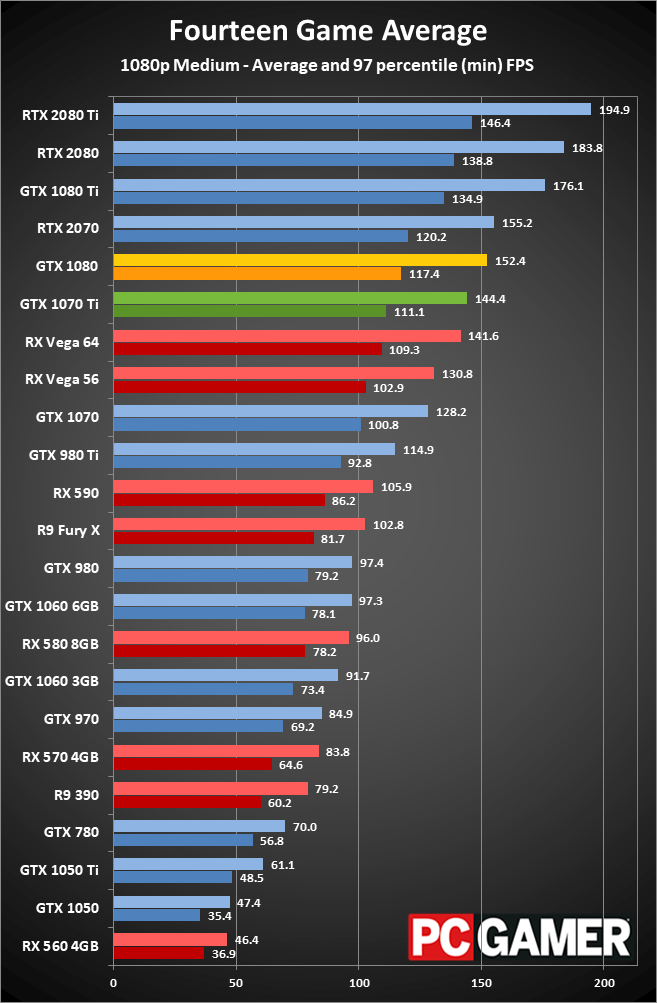
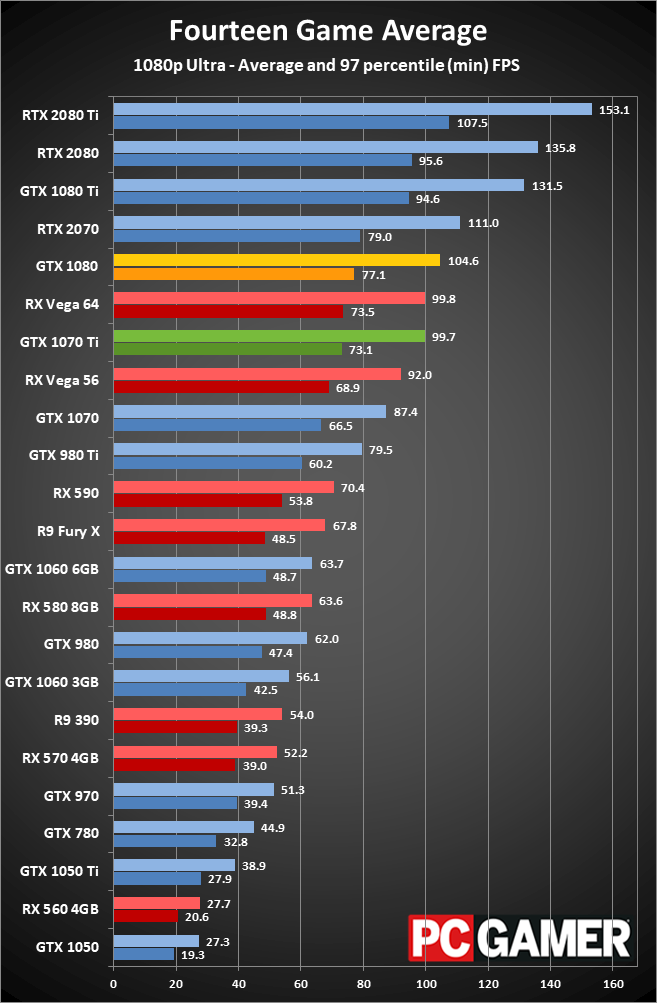
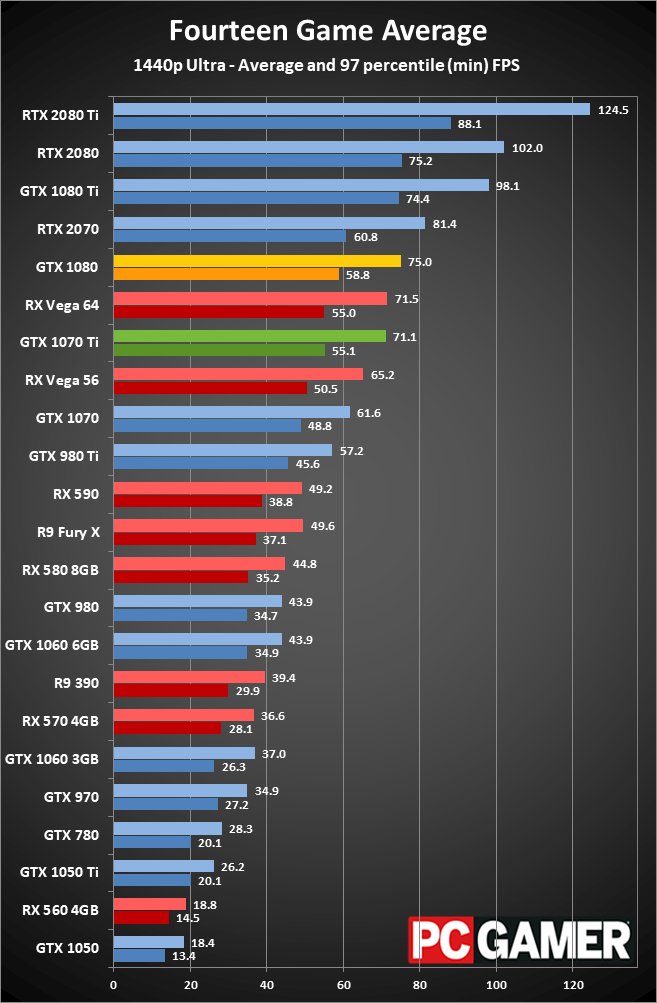
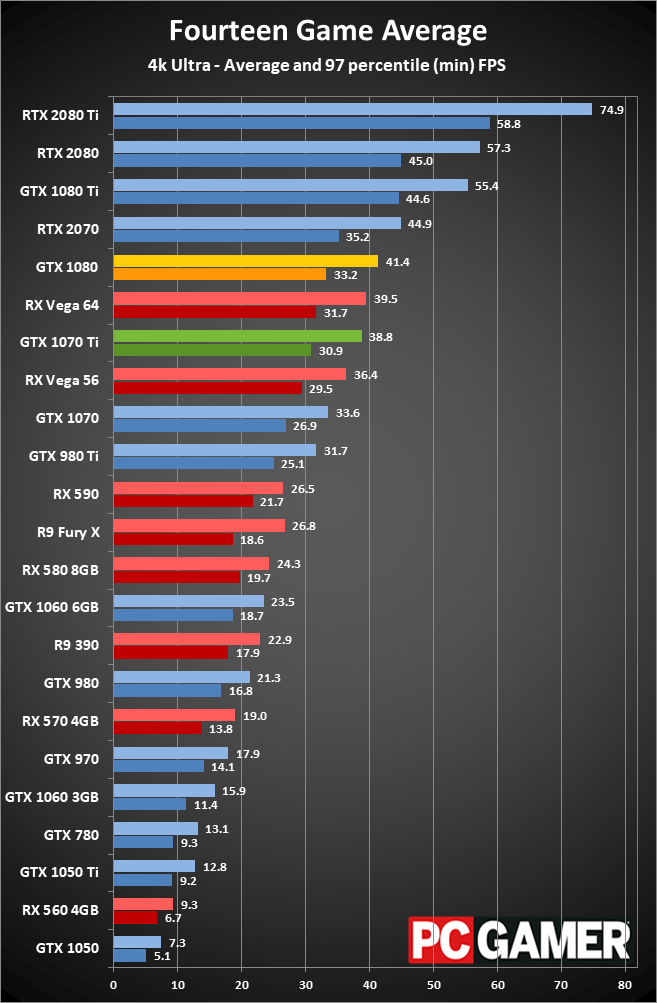
At 1080p medium quality, the GTX 1080 is only five percent faster than the GTX 1070 Ti. That's because memory bandwidth is less of a factor here. There are a few games where the gap is wider, and others where it's smaller, but it's very close overall. Moving to 1080p ultra doesn't change things—the overall gap is only five percent in favor of the GTX 1080. And at 1440p ultra, it's still only 5.5 percent. Notice the trend yet? But finally, at 4k ultra, the 1080 takes a commanding lead of… 6.7 percent.
In other words, there's almost no case where the GTX 1080 will handle games significantly better than the GTX 1070 Ti. Across the entire test suite of 14 games and 4 resolutions—56 comparison points—the GTX 1080's largest lead is in Strange Brigade, with a 10-14 percent advantage depending on the resolution. And if you're curious, the GTX 1070 Ti on average is about 15 percent faster than the GTX 1070, so the boost in core counts and clockspeed has a bigger impact than the lack of memory bandwidth.
The biggest gaming news, reviews and hardware deals
Keep up to date with the most important stories and the best deals, as picked by the PC Gamer team.
That's good news, because the GTX 1080 is on the way out, and for the time being the GTX 1070 Ti remains readily available, with a current starting price of $380 after $20 rebate card. What's that look like in terms of overall value, and FPS per monetary unit?
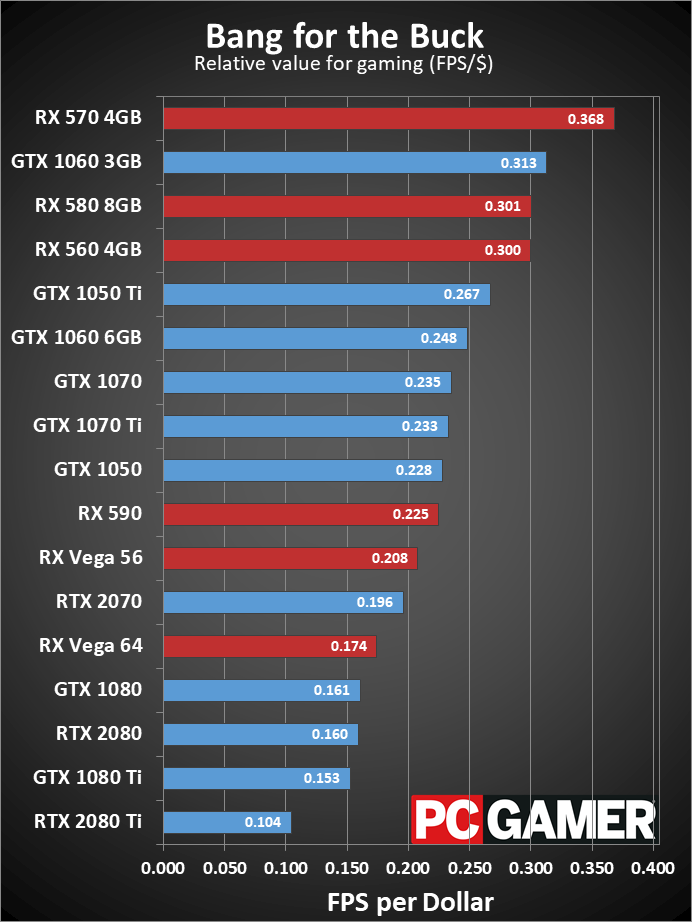
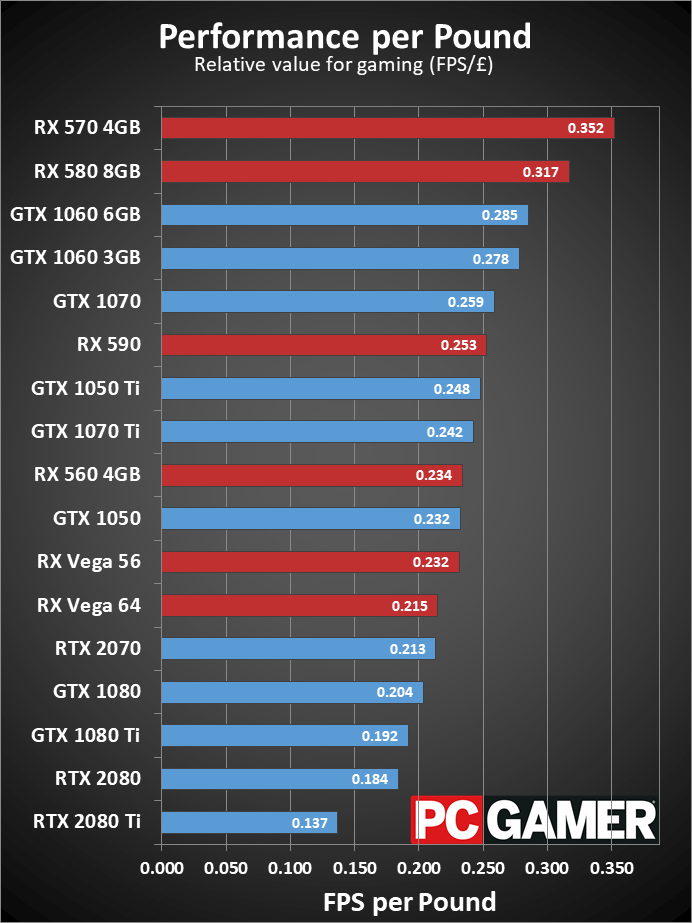
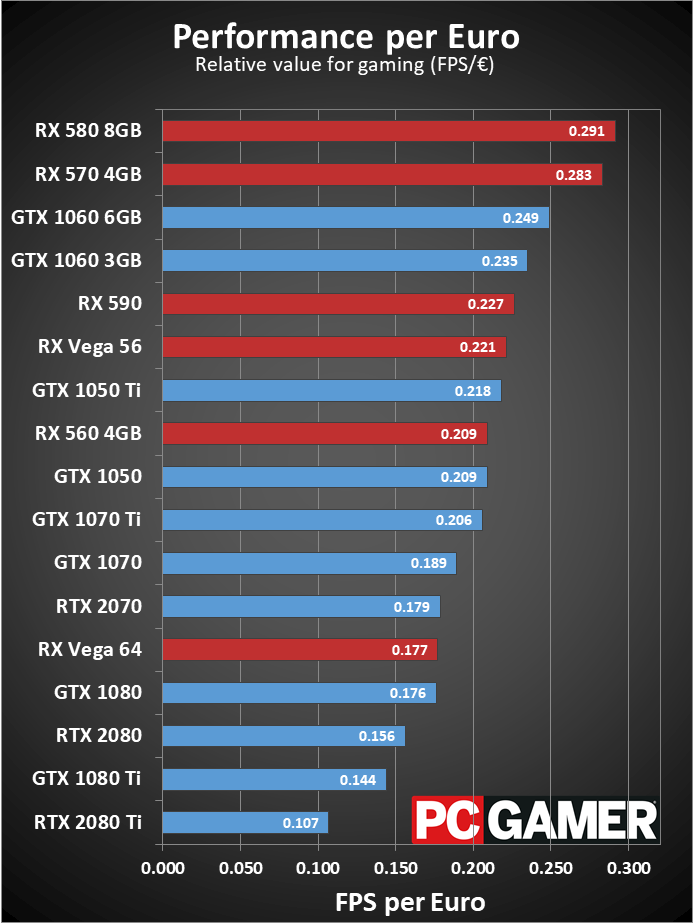
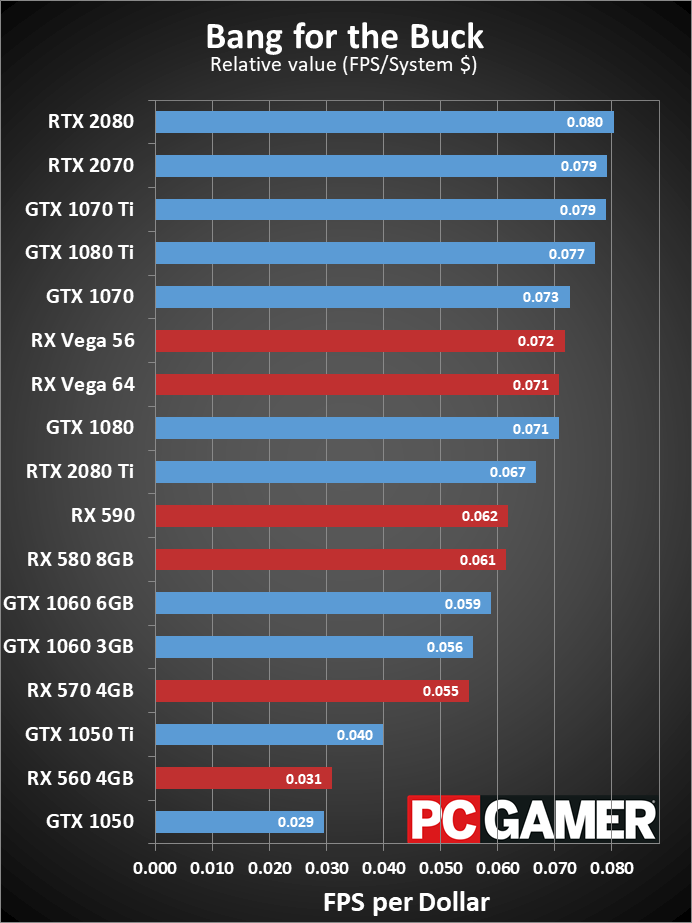
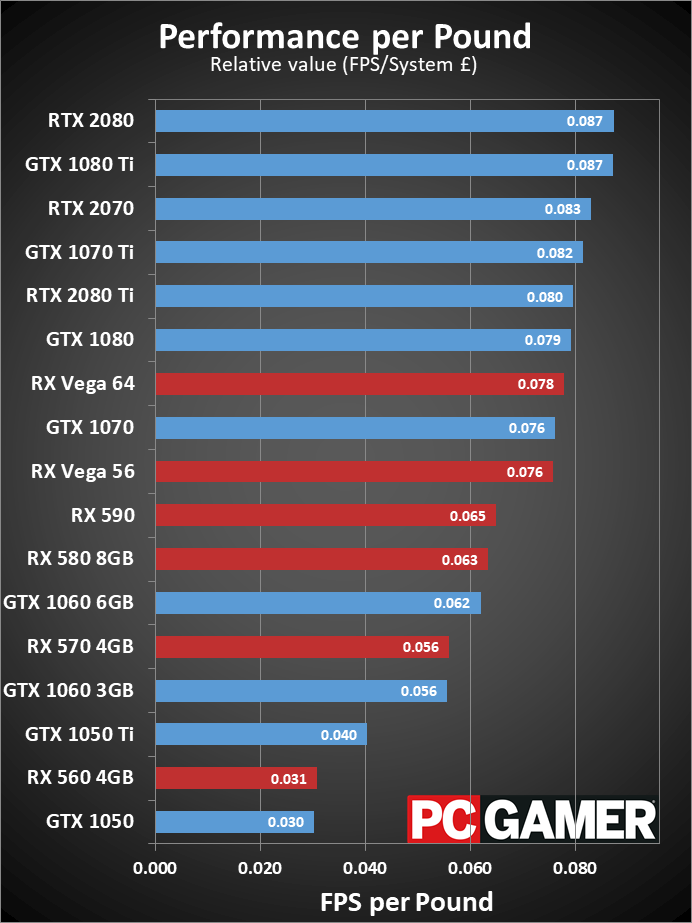
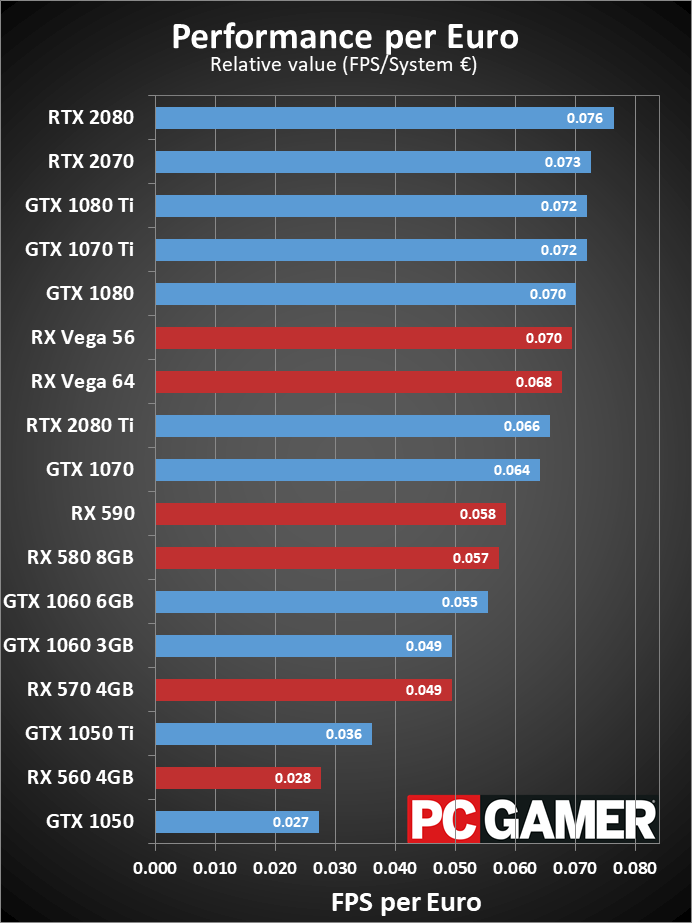
If you're looking strictly at the GPU prices and performance, the midrange RX 570/580 and GTX 1060 cards take top honors, regardless of currency. Faster but more expensive GPUs deliver diminishing returns. On the flipside, include the base system price in the matrix, overall value skews heavily toward faster GPUs. The RTX 2080/2070 and GTX 1080 Ti/1070 Ti claim the top four spots, with the 1080 ranking between 5th and 8th depending on the market—and the 1070 sitting at 5th to 9th, if you're wondering. (For reference, I used a midrange build that includes an i5-8600K, modest liquid cooling, Z370 motherboard, 16GB DDR4, 480GB M.2 SSD, NZXT H500 case, and a 650W Gold PSU.)
So why did Nvidia even release the 1070 Ti in the first place—isn't it basically the same market as the GTX 1070? If you look at the charts and focus on AMD's Vega cards, you'll find the answer. For raw performance, the GTX 1070 Ti manages to consistently beat the RX Vega 56, and even claims a few victories over the Vega 64 in select games—a feat the vanilla 1070 couldn't quite manage. The GTX 1070 is still a good option as well, since it's typically priced about $50 less than the 1070 Ti, but with the post-crypto-bubble GPU prices it's not quite as competitive.
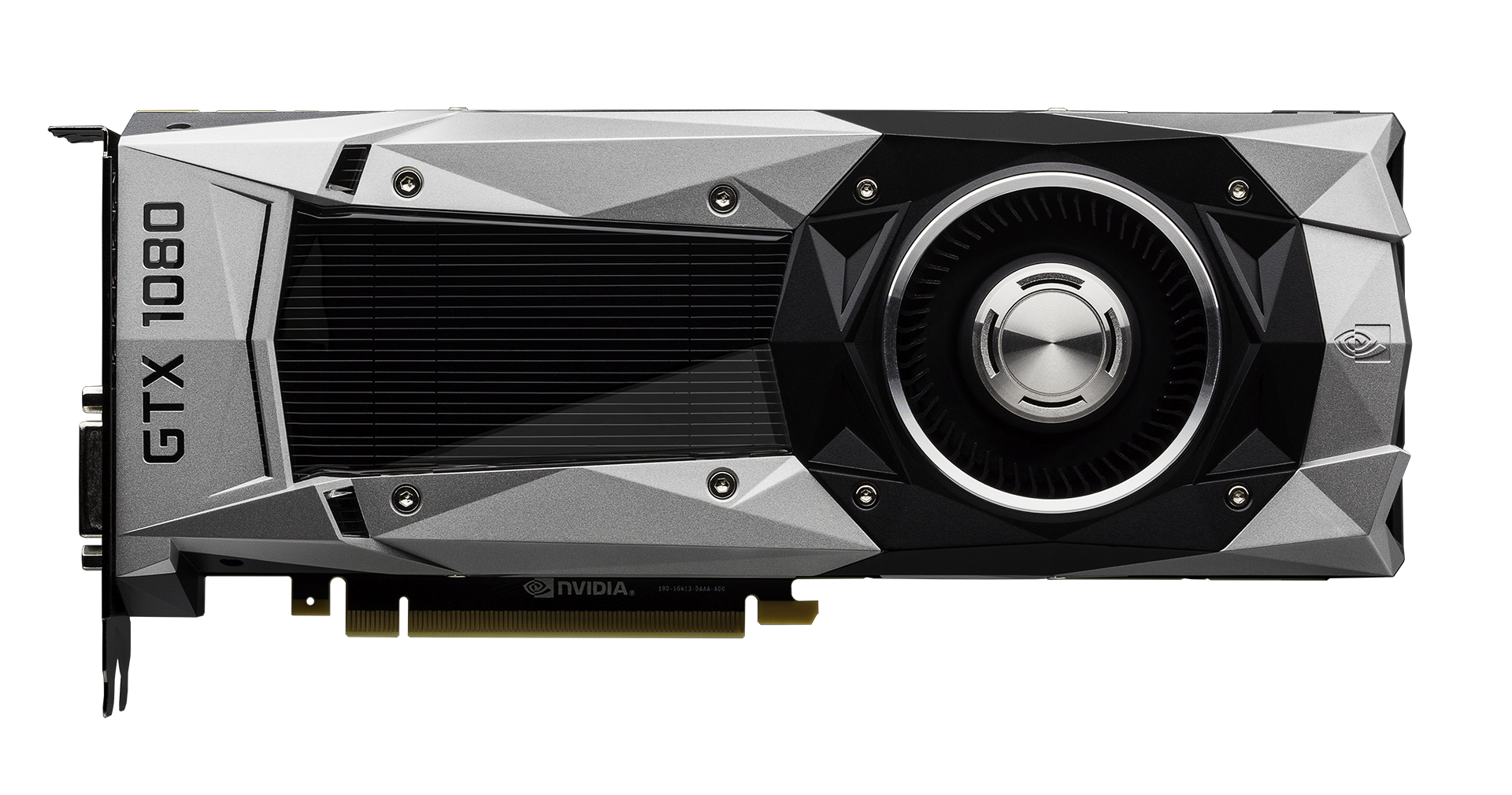
There's a second important aspect as well, however. The GTX 1080 and 1080 Ti are the only GPUs to use GDDR5X, and with such limited demand the prices tend to be higher. By combining a slightly slower core with the more readily available GDDR5, Nvidia ends up with the best of both worlds. GDDR5X is likely a major part of why Nvidia has opted to discontinue production of the 1080 and 1080 Ti, while for the time being the 1070 and 1070 Ti remain easily available. (Don't be surprised if that changes in the next month or two with the anticipated arrival of an RTX 2060, however.)
Bottom line: if you're in the market for a higher performance graphics card but can't quite stomach the pricing on the RTX 2070 and RTX 2080, the GTX 1070 Ti is the best graphics card for around $350 right now. It inherits the legacy of the GTX 970, and at least for now makes a better impression than the overpriced but underperforming RTX 2070, and definitely wins out over the diminishing supply of GTX 1080 cards.
Jarred's love of computers dates back to the dark ages when his dad brought home a DOS 2.3 PC and he left his C-64 behind. He eventually built his first custom PC in 1990 with a 286 12MHz, only to discover it was already woefully outdated when Wing Commander was released a few months later. He holds a BS in Computer Science from Brigham Young University and has been working as a tech journalist since 2004, writing for AnandTech, Maximum PC, and PC Gamer. From the first S3 Virge '3D decelerators' to today's GPUs, Jarred keeps up with all the latest graphics trends and is the one to ask about game performance.


